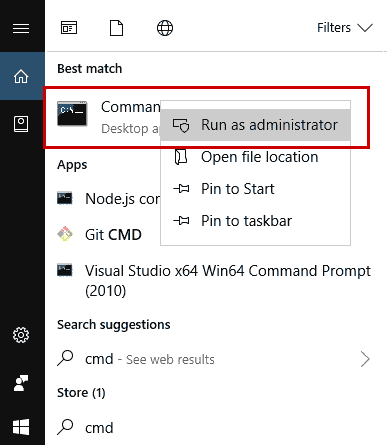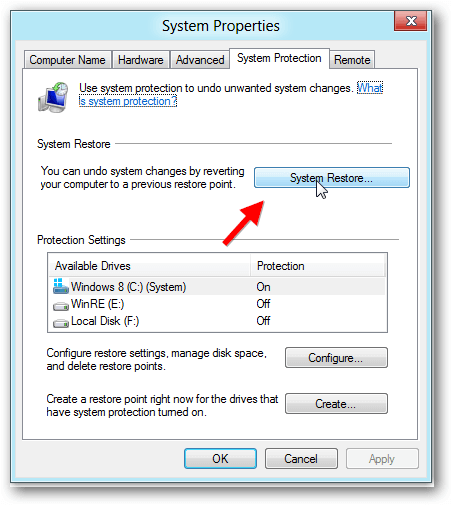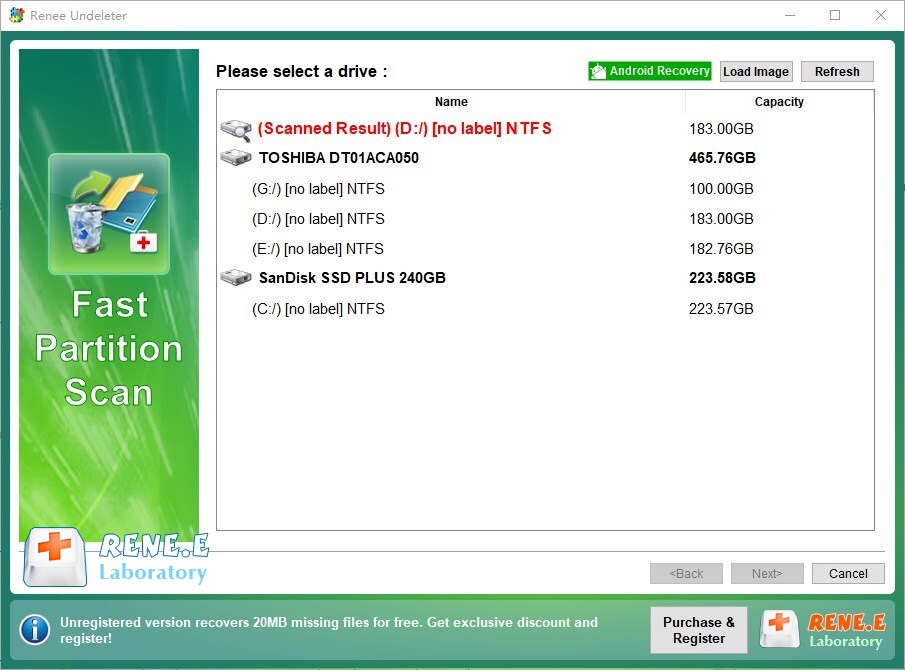Fix “Device was not migrated due to partial or ambiguous match” Issue
- Home
- Support
- Tips Data Recovery
- Fix “Device was not migrated due to partial or ambiguous match” Issue
Summary
Discover effective solutions to resolve the "Device was not migrated due to partial or ambiguous match" error and prevent it from disrupting your workflow.















Easy to use Recover data by 3 steps;
Multiple scan modes Fast partition scan, whole partition scan and whole disk scan;
Supported file types Image, video, audio, text, email and so on;
Image creation Create a partition image to read and back up data;
Supported devices SD card, SDHC, SDXC, USB flash drive, hard disk and computer.
Easy to use Recover data by 3 steps;
Multiple scan modes Fast partition/whole partition/whole disk scan;
Supported devices SD card/USB/hard disk.
Free TrialFree TrialFree Trial 800 people have downloaded!



Relate Links :
How to Fix When Files on SD Card Not Showing up on Android?
27-12-2021
Amanda J. Brook : Sometimes, the SD card files are not showing up on Android. How can we solve the problem? In...
How to Fix GoPro SD Card Error?
14-09-2024
Ashley S. Miller : Some people meet with the GoPro SD card errors, such as “NO SD” and “SD ERR”. In this...
Solutions to SD Card Unexpectedly Removed on Android
24-12-2021
Jennifer Thatcher : Some Android users complain that they always receive the notification saying that the SD is unexpectedly removed. In...
How to Fix Corrupted SD Card on Android?
16-12-2021
John Weaver : SD card is used in various devices, phones, cameras and video games. How to fix the corrupted SD...
- I. Regarding the Device was not migrated due to partial or ambiguous match error
- II. How to fix Device was not migrated due to partial or ambiguous match?
- 1. Check the device interface with problems
- 2. Reinstall the driver
- 3. Perform Windows Update
- 4. Run SFC and DISM commands
- 5. Perform System Restore
- III. (Extended information) Use Renee Undeleter to recover lost data
- 1. What is Renee Undeleter?
- 2. How to recover lost files with Renee Undeleter?




